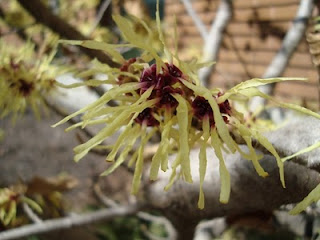Never Cry Wolf
by Farley Mowat
Written in the 60s by a Biologist about the year he spent up in Northern Canada studying wolves for the Canadian government, this book is filled with interesting facts and fascinating anecdotes.
The book is well written and is an enjoyable read. A wonderful blend of science and humour. The vocabulary is well researched and in many cases quite advanced. I must admit I learnt more than a couple words over the course of the 176 pages.
Mowat begins his book by explaining what brought him to the Canadian Wildlife Agency in the first place - his love for all things living. After his studies, he chose the path less beaten of field biology and was sent up North to study the Wolf population. At the time, hunters were complaining to the Agency that wolves were the cause behind the reduction the caribou herds. Hunting being a very lucrative pass-time for the state, the government were looking for results and Mowat was the man to bring them. So off he went with half a canoe, a tent, a sleeping bag, and seven axes as part the the official field kit. He flew from Ottawa to Churchill in a military plane and from there was left to find his way to a remote area with a high density of wolves, to set up his base camp. And that was that.
Luckily for him his plane dropped him not too far from a hunting shack belonging to a young inuit hunter and his sleigh dogs. From there, he set out to find some wolves. This was no easy task for although the State's population estimate at the time was one wolf for every two square miles, they remained elusive for quite some time before Mowat caught a glimps of a large male.
He tracked the male to its den and once found, he set up his observation post near by. For many months, he watched, taking accurate and fascinating notes on family behaviour, eating habits, and general ecology of the species.
Throughout his stay, he had to adapt to the ways of the wild, meanwhile performing rigorous science and looking for proof of the link between the declining caribou herds and wolf populations, to support the extensive wolf kull endorsed by both the Provincial and Federal Governement. Although he never truely states it, there is no such proof from the wolves but the list is long on the side of the humans.
This book teaches you not only about wolves, but also about life in Northen Canada, local native cultures, plants and animals of the region, the difficulties of doing research is such remote areas, and the wonderful incompetance of government officials. One of my favorite anecdotes in this book illustrates the later very well. It appears near the beginning of the book and sets the tone for the rest. Shortly after arriving in Churchill, a storm hits and Mowat is stuck in the little town unable to continue onto the research area and the wolves. At this time he telegrams the head office in Ottawa to tell of his misfortunes and ask for further instructions. Not only do they not understand, they remind him that he has a deadline to respect and that they are expecting a first report shortly. With no sign of a pilot and the weather remaining as it was, he turned to what was available in town: ''missionairies, prostitues, mounted policemen, rum-runners, trappers, fur smugglers, ordinary fur traders and other interesting characters'', all of whom became his wolf authorities for his first report. A report that went on to become ''the final word on
Canis lupus'' in Ottawa.
A brilliant book, a fascinating story, and a truthful yet depressing look on how the Canadian government managed our wildlife. I strongly recommend.
For those less inclined to read, this book has been made into a movie.
Take care!










